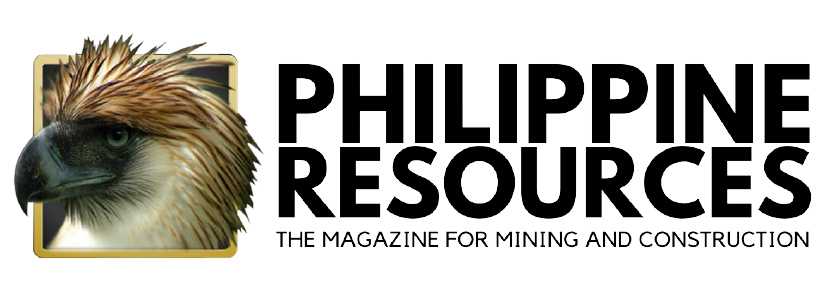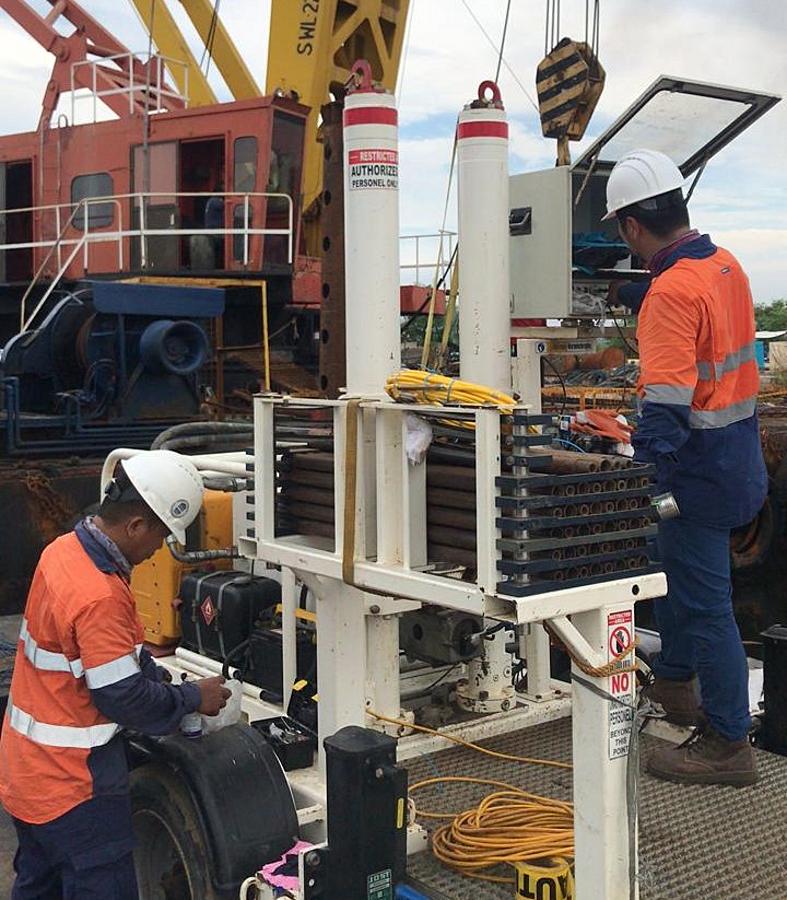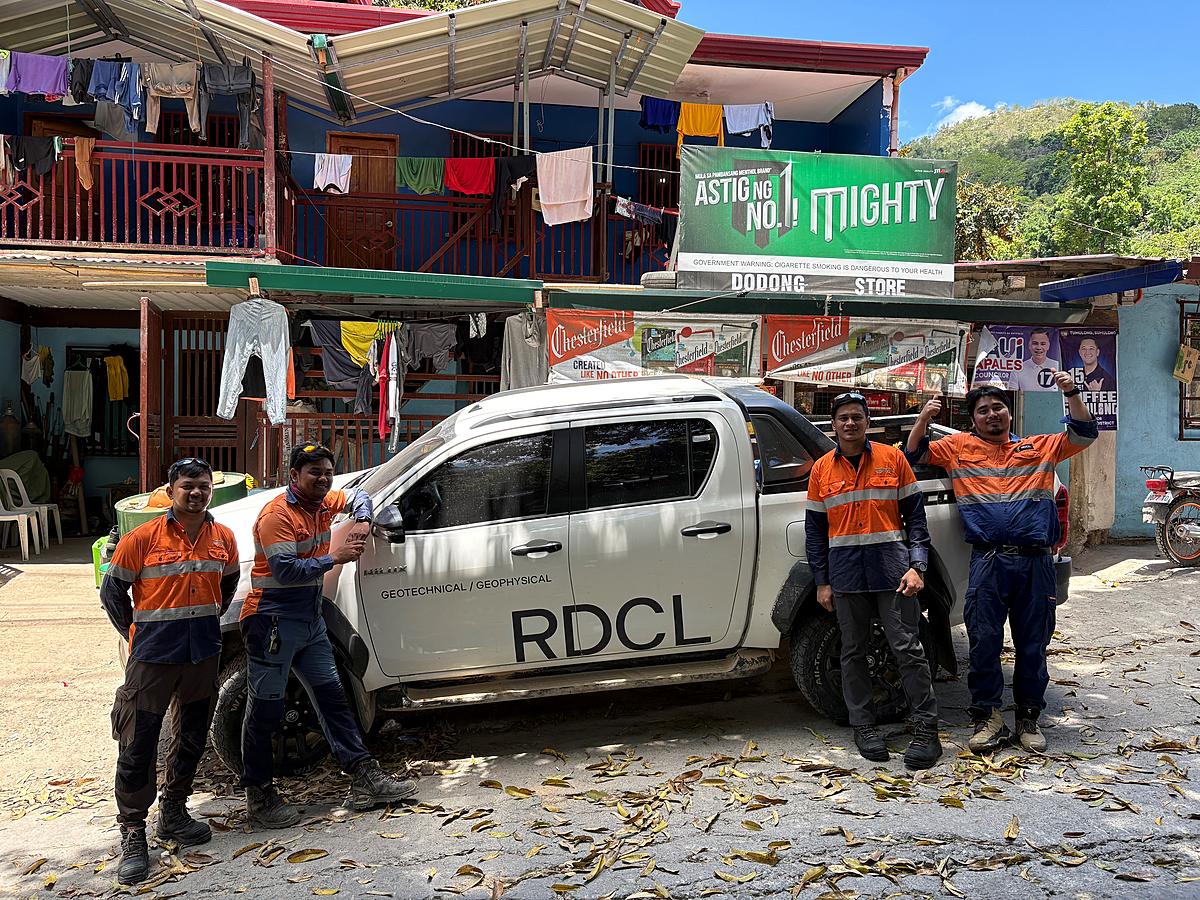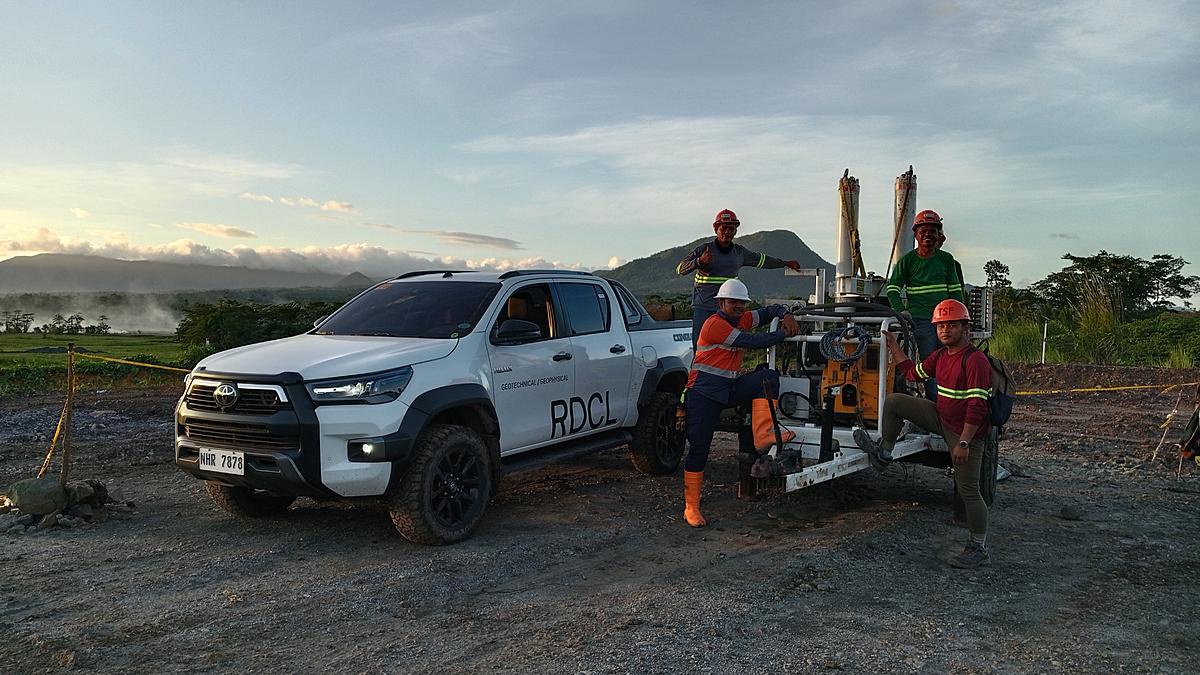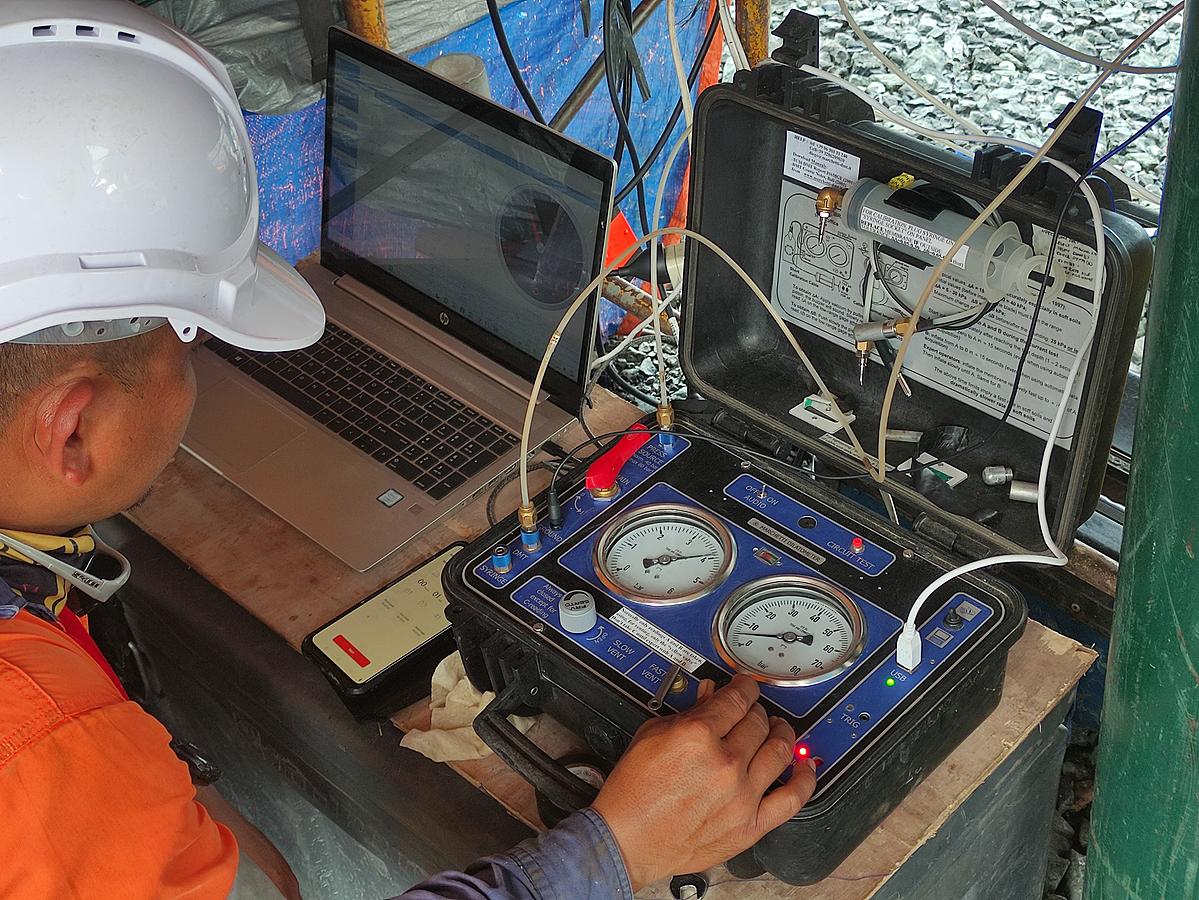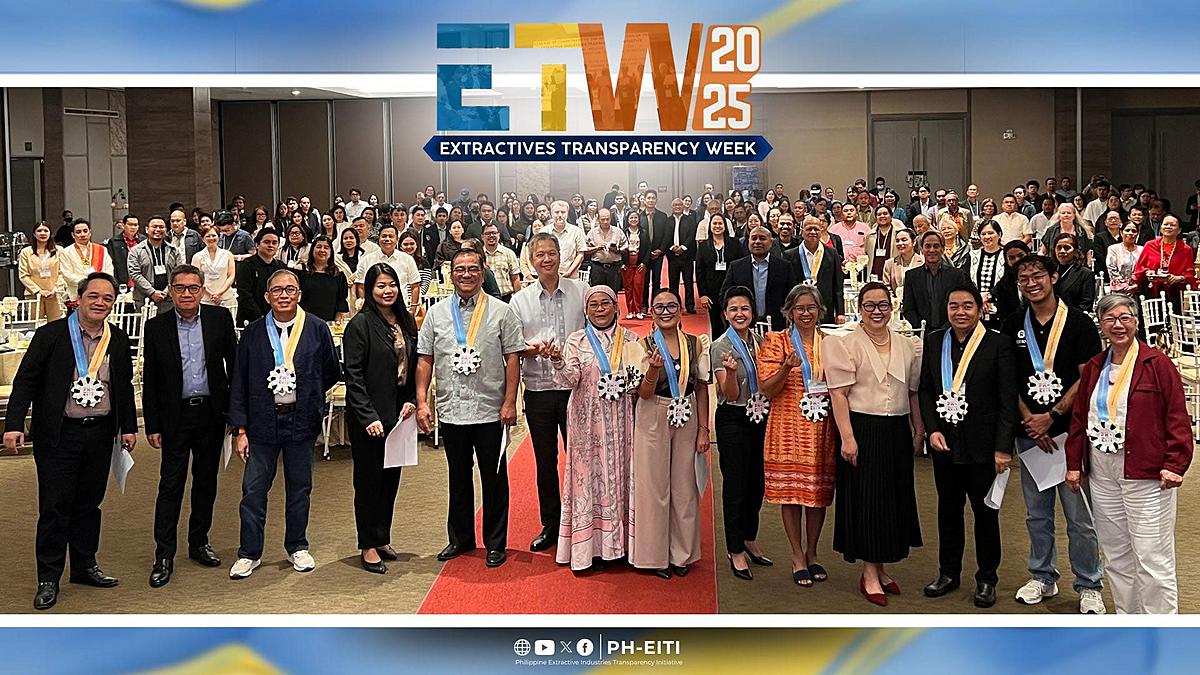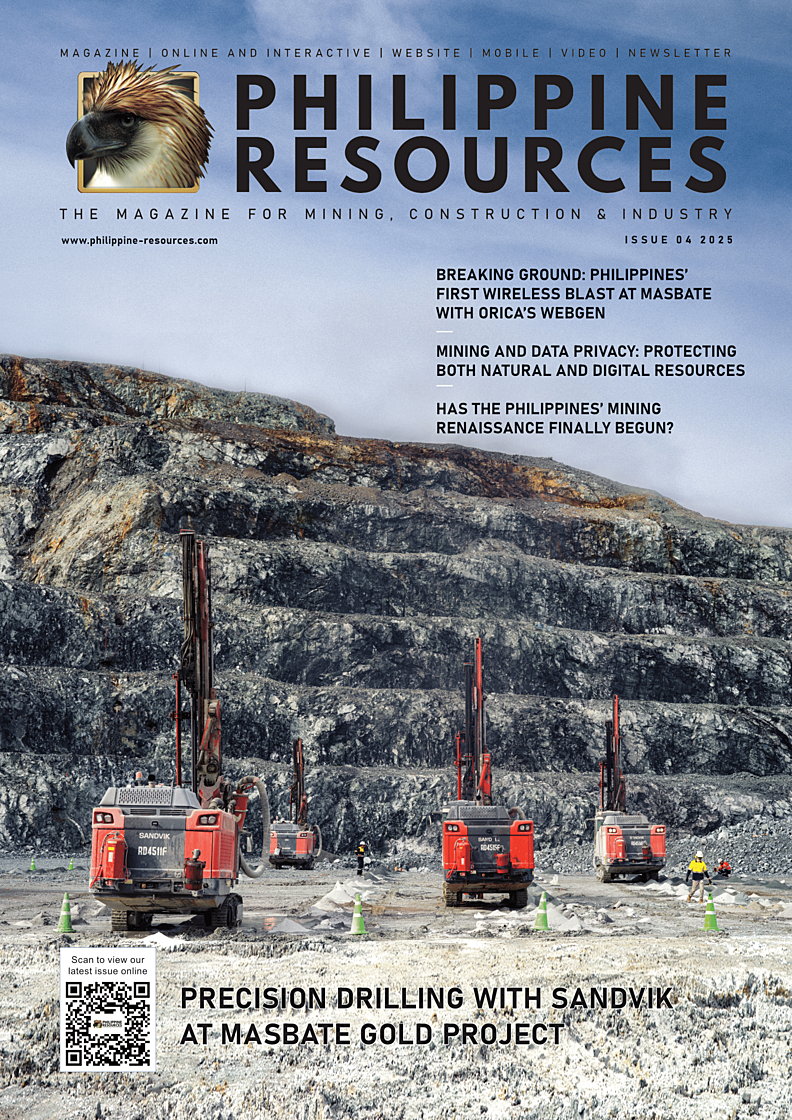Geophysics has evolved into a leading discipline, providing invaluable insights in geotechnical, civil and mining engineering.
Leading Geologist Tom Grace sheds light on the benefit of geophysical methods applied to engineering including geotechnical, civil, mining and water. His aim is to build an appreciation for geophysics and highlight the potential to significantly reduce risk, cost and schedule through proper ground profiling.
Geophysics for Engineering
Geophysics is the measure of the physical properties of the ground and the processes to quantify these properties. It is a transparent, auditable process with repeatable measurements.
Geophysics takes principles from physics, geology, and mathematics to measure, model and analyse the physical composition of the ground, from near to very deep below surface to investigate the subsurface structure, material properties and behaviour.
Geophysics applied to ground related engineering like geotechnical, civil, mining and groundwater enables engineers and contractors to search for anomalies in the composition of the ground, which is analysed through mathematics modelled against the anticipated geological profile.
It is often an iterative process to calibrate the geophysical model against the geological interpretation. This can reveal the previously unknown or unseen, prior to intrusive testing (drilling, CPT etc).
Geophysical methods commonly applied in engineering broadly comprises seismic, electro conductivity and radar-based surveys to map the subsurface. Gravity and magnetic surveys are less common in engineering applications.
Origins of Engineering Geophysics
Geophysical methods applications in civil and mining engineering are common now and since inception, gathering critical mass in the early 1970’s, originating out of large oil and gas projects. The people, technology and machinery to support these projects was brought in from mature markets overseas such as Europe.
The coal and mineral mining sector also began applying geophysical methods in the search for carbon-based fuels including coal and metalliferous deposits. Geophysics was used extensively as it had great benefits, particularly when the NZ Government funded it to define the country’s available coal resources and investigate potential for converting coal to liquid fuel as an energy source.
Early Misunderstandings
Initial applications in engineering were possibly less successful due to the scoping and design not being appropriate, leading to inconclusive outcomes. This led to a belief that geophysical data could be easily interpreted, not recognising the complexities involved in data collection, processing and analysis.
With this misunderstanding, project expectations in the geophysics data were often highly backed by a strongly held perception that the Geophysical analyses were more accurate than they were.
In reality, geophysical data usually needs to be corroborated with other data sources, and there can be limitations and uncertainties.
Geophysics Resurgence
Modern Geophysical investigations are cost-effective and fast, especially when compared to the costs of traditional drilling or excavation. Many clients are now realising the potential savings of a mixed approach to ground analysis.
In practicality, different methods are suited for different geological conditions and objectives, requiring careful selection by a specialist Geophysicist. Validity of the method is re-emerging due to improved practice, guided by:
- changes in regulations and codes which have changed the industry expectations of standard investigation methods.
- the growing body of work of geophysical practice in-field has consolidated as a reputable basis for ground analysis.
- mainstream practice and delivery have globalised through immigration of specialists;
- expectations are more realistic.
Applications for Today
Geophysical methods and techniques today must be tailored to the setting and engineering problem. The main types applied in modern engineering applications are:
- Seismic Geophysics: Uses seismic waves to investigate subsurface structures. Common in oil and gas exploration, as well as earthquake studies.
- Electrical Resistivity Tomography (ERT): Measures the electrical resistivity of subsurface materials, useful for environmental assessments, groundwater studies.
- Ground Penetrating Radar (GPR): Uses radar pulses to image the subsurface, effective for locating buried objects, structures, and geological features.
- Downhole Geophysics: Uses various methods to measure a range of conditions for the ground once a borehole has been drilled. Common tools include optical and acoustic televiewers, sonic tools, natural gamma and density measurements.
Other methods not as common in our local market include:
- Gravity Surveying: Measures variations in the Earth's gravitational field.
- Magnetic Surveying: Detects variations in the Earth's magnetic field.
- Electromagnetic (EM) Methods: Measures the electromagnetic fields.
Why would I use Geophysics?
Put simply geophysics offers another diagnostic lens. It is not a definitive measure but another tool in the toolbox to understand what is happening below a broad land surface. Geophysical methods:
- Save time and costs by providing critical information to target drilling or excavation.
- Are non-intrusive and less invasive with a lower social footprint without the need for machinery.
- Subsequently lowers costs as there is less remedial investment, it offers a small lighter footprint, less cost to the asset
- Supply better coverage for equivalent cost. With increasing pressures on infrastructure investment Geophysics offers a high value-for-money business model.
- Provide accurate, repeatable measurements subject to ISO equivalent quality assurance processes.
- Are tested and proven from experience with growing body of experienced Geophysics practitioners.
How has Geophysics worked to provide solutions?
The benefits of geophysics are illustrated in these short case studies to show how Geophysics has helped delineate the problem and provide our client with a smart, cost-effective solution for the project:
Leakage Paths
Seepage paths were assessed in a flood bank control structure using Ground Penetrating Radar and ERT, which identify a likely leakage source and quickly targeted remedial works which were reduced.
The client had a flood mitigation structure that they knew occasionally leaked during high flow events. Potential sources could have focussed leakage along penetrations through the kilometres-long stop bank (tree roots, contact between material layers, unknown pipelines) or distributed leakage throughout the embankment (unsuitable fill or poor construction).
Ground Penetrating Radar and ERT were used to identify an anomaly within a few meters of the suspected leakage location. Two methods measuring different parameters were used to increase confidence in the interpretation. As a result, physical remedial works were reduced and focussed directly on the identified anomaly.
Stopbanks
During Cyclone Gabrielle, stopbanks (flood control dykes) in Hawke’s Bay, New Zealand were damaged and breached. At one specific breach (approx. 200m wide), geophysical investigation and interpretation to assess the likely ground conditions was used as the basis for a risk-based remediation approach.
There was potential for the repaired stopbank to leak through the foundation materials. A suggested repair option involved a cut off wall down to a low permeability layer. Geophysical methods were rapidly deployed as a preliminary assessment tool and showed that there was no impermeable layer close to surface. The screening approach gave confidence in the ground model to confirm the risks for preliminary design without delay. Changes were made to the stopbank geometry to reduce the risk of leakage from an informed position.
How do I go about using it?
When choosing a supplier to deliver your Geophysical investigation, ensure you select them with a clear understanding of their capabilities. Take time to understand the quality of machinery and tools, check track records and review the experience of nominated staff. It is a highly specialised service which can be easily misunderstood; partner with a proven specialist to give yourself the best chance of success.
Tom Grace - BSC MAusIMM Chartered Professional Geology
Tom Grace is one of the Principal Geologists at RDCL with over 20 years of experience in the industry. Tom has been working across the RDCL network in New Zealand and Asia for over 16 years, with a background in Project Geology across NZ, Australia and Canada. Tom is a graduate of the University of Canterbury Geology programme.
